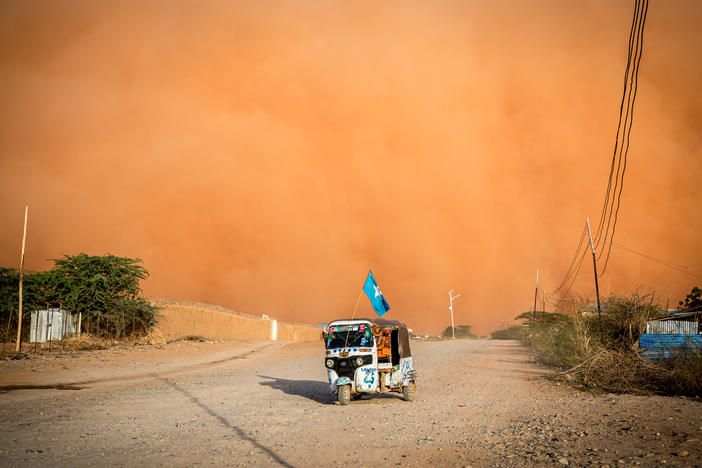Section Branding
Header Content
United Nations member nations have agreed on a treaty to protect oceans
Primary Content
NPR's Ayesha Rascoe talks with ocean researcher Robert Blasiak of Stockholm University about a historic new treaty to protect oceans.
Transcript
AYESHA RASCOE, HOST:
Some good news now. Yes, you heard that right - good news. After nearly two decades, United Nations member nations finally agreed on a treaty to protect oceans last night.
(SOUNDBITE OF ARCHIVED RECORDING)
RENA LEE: The ship has reached the shore.
RASCOE: That's Rena Lee leading the celebration. She's president of the U.N. conference that's been working on the new high seas treaty. The treaty allows for protection of huge swaths of water outside of national boundaries. Robert Blasiak is also doing some celebrating. He's an ocean researcher at Stockholm University and joins us now. Welcome to the program.
ROBERT BLASIAK: Thank you, Ayesha.
RASCOE: So how significant is this treaty?
BLASIAK: Well, you said it's good news. I would one up you - I'd say it's really, really good news. And it's good news in a few different directions. So one is it's good news for the ocean because about 47% of the Earth's surface is the ocean beyond national jurisdiction, the high seas. And until yesterday or until just a few hours ago, there was no international treaty for governing this area in terms of marine conservation and the use of marine genetic resources. So really good news for the ocean, but also really good news for kids playing nicely together. You always think that governments can't really work together, but this is a great sign of multilateralism, of governments getting the job done.
RASCOE: So what exactly does this treaty do?
BLASIAK: Well, this treaty allows for a couple of really important things. It allows for setting up marine protected areas in areas beyond national jurisdiction - so in the high seas. This has never been possible before. It also creates new regulations on access and benefit sharing for marine genetic resources, all the genetic material of all the life that's living on basically half the Earth's surface. There are also mechanisms for capacity building and transfer of marine technology and environmental impact assessments.
RASCOE: And so, like, how will this treaty make sure that people actually follow through on the agreement?
BLASIAK: Well, the first things first is to ensure that all countries feel heard and that they feel their interests are reflected in the treaty. That's the basis for really having strong implementation across the countries. If there are any countries that don't feel that they've been included in this process, then that immediately is a recipe for disaster because it means you need to basically have a police force to go and follow everyone all around the world all the time, which really isn't possible. So first things first - get everyone in the room, at the table, and keep them there at the table, and keep listening to them and make sure that they're involved in implementation together.
RASCOE: So what comes next? I would think that the treaty would still need to be formally ratified.
BLASIAK: Yeah, that's right. So first some sleep, some celebration and then the next step is cleaning up the text, translating it into the different U.N. languages, and then it needs to be adopted by all the individual member countries and taken through their national parliaments and governments so that they are on board. And then it enters into law, and it becomes implemented.
RASCOE: That's Robert Blasiak of the Stockholm Resilience Center. Thank you so much for joining us.
BLASIAK: My pleasure, Ayesha. Thank you for having me. Transcript provided by NPR, Copyright NPR.
Bottom Content



